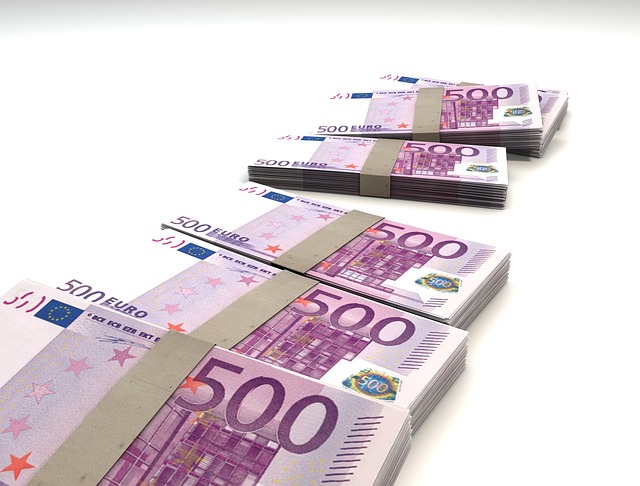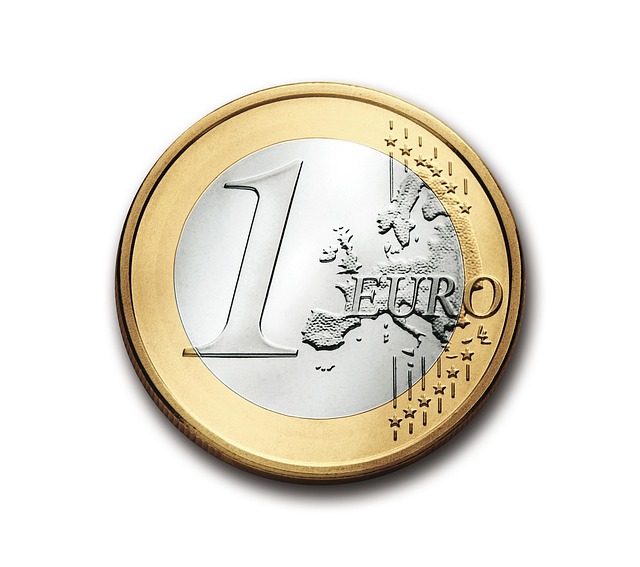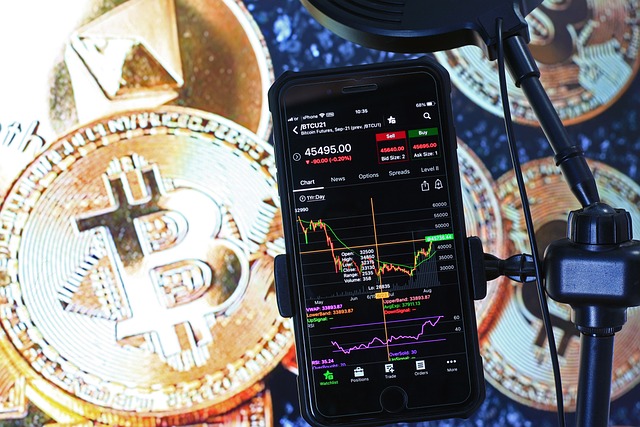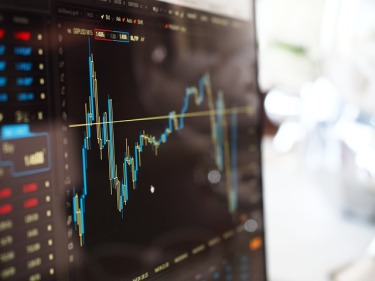The profit factor is one of the most important indicators when selecting an FX automated trading system (EA). The profit factor quantifies the earning potential of an EA; generally, the higher the value, the better the EA. However, it’s also important to understand that EAs with excessively high profit factors may carry potential risks. In this blog, we’ll dive into the details of the profit factor and discuss the hidden risks behind EAs with high profit factors.
1. What Is the Profit Factor?

The profit factor is a key metric used to evaluate the profitability of a trading strategy or trading system. It is especially useful for choosing EAs (automated trading systems) and assessing the effectiveness of discretionary trading strategies.
The profit factor is calculated as the ratio of “total profit” to “total loss” over a certain period. Total profit refers to the sum of all profits during the period, while total loss refers to the sum of all losses. The calculation formula is as follows:
Profit Factor = Total Profit / Total Loss
If the profit factor is greater than 1, it means the strategy is profitable overall. If it is less than 1, losses exceed profits.
This indicator is used to objectively assess the performance of a trading strategy. Traders use the profit factor to evaluate the efficiency of their trading methods or systems, identify areas for improvement, and fine-tune strategies for better results.
In the next section, we’ll discuss why the profit factor is important.
2. Why Is the Profit Factor Important?

The profit factor is a very important indicator when trading FX or selecting an EA. This value serves as a benchmark for measuring the profitability of a trading strategy, making it essential for traders aiming for long-term gains.
The profit factor is not just the ratio of total profit to total loss. If this number exceeds 1, it means profits outweigh losses, indicating a strategy with the potential for consistent returns. Prioritizing the profit factor is unavoidable if you want to build a successful trading strategy.
However, you shouldn’t rely solely on the profit factor. Other factors must also be properly evaluated. Here are some key elements to consider when evaluating the profit factor:
1. Drawdown
Calculate the maximum historical loss for the strategy and check the ratio of losses to total profit. If drawdown is large, the strategy carries higher risk.
2. Win Rate
Divide the number of winning trades by the total number of trades to get the win rate. A high win rate is favorable, but it’s important to balance it with the profit factor.
3. Risk Management
Risk management is critical in any trading strategy. Measures to minimize losses are essential.
Properly evaluating indicators, including the profit factor, and making decisions based on your own trading philosophy are key to long-term success. While the profit factor is important, don’t rely on it alone. Take a holistic approach and continuously review and improve your trading strategies to manage risk and grow your assets over time.
3. How to Calculate the Profit Factor

Calculating the profit factor is very simple. You just divide total profit by total loss. Here’s how you do it step-by-step:
Calculate total profit and total loss.
– For example, if the total profit from all trades over a certain period is $10,000 and the total loss is $5,000, then total profit is $10,000 and total loss is $5,000.Divide total profit by total loss.
– The formula is as follows:- Profit Factor = Total Profit / Total Loss
- For example, if total profit is $10,000 and total loss is $5,000,
- $10,000 / $5,000 = 2.0
- The profit factor is 2.0.
The profit factor shows the ratio of total profit to total loss. It’s an important metric for measuring investment performance. The higher the value, the more efficiently your investments are working; generally, a value above 1.0 is desirable. For automated trading or EAs, a value between 1.2 and 1.5 is often considered good.
The profit factor is easy to calculate and is useful for quantifying investment performance. Make it a habit to calculate it regularly and use it as a reference for your investment decisions.
4. Ideal Target Value for the Profit Factor

The profit factor is a key indicator for evaluating the profitability of a trading strategy. For traders seeking long-term gains, an ideal average profit factor is often said to be “1.2 to 1.3.” Here are two reasons why this range is considered ideal:
1. Profit Is Generated Above 1.0
A profit factor above 1.0 means that total profits exceed total losses—in other words, the strategy is profitable. On the other hand, a profit factor below 1.0 likely means the strategy is generating losses.
2. Provides a Buffer
A profit factor of 1.2 or higher means your strategy has enough cushion to withstand future fluctuations and unforeseen events. If the profit factor is below 1.2, it may indicate there is not enough buffer to consistently generate profits.
However, a high profit factor isn’t always ideal. In risky trading, you must consider the balance between risk and return. Even if the profit factor is high, you need to determine if you’re comfortable with the associated risks.
The ideal target value for the profit factor also depends on your trading style, strategy, and risk tolerance. It’s important to evaluate performance using a combination of indicators, not just one metric.
Therefore, finding the right profit factor target for your own trading strategy—and striking the right balance—is the key to success.
5. Risks Hidden in EAs with High Profit Factors

EAs with high profit factors may seem attractive, but you need to be cautious. Here are some potential risks associated with EAs that have a high profit factor:
Over-Optimization (Overfitting)
Over-optimization occurs when an EA is excessively tailored to historical data, resulting in a high profit factor. However, such EAs may not perform well in new market conditions and can be unstable in real trading.
Low Number of Trades
EAs with high profit factors sometimes have very few trades in backtesting. A small number of trades means the performance data may not be statistically reliable and could simply be the result of chance. More trade data is necessary for validation.
High-Risk Trading Strategies
Some EAs may employ high-risk strategies to achieve a high profit factor. While these can yield big profits temporarily, they may also incur large losses when market conditions turn unfavorable.
Differences from Live Trading Conditions
In live trading, there are many factors that can affect EA performance. An EA showing a high profit factor may have been optimized without considering these real-world conditions, so it may not perform as well in actual trading.
For these reasons, you should evaluate EAs with very high profit factors with caution. Always run demo tests and make careful decisions before moving to live trading.
Conclusion
The profit factor is a very important indicator for evaluating the profitability of a trading strategy. While a value of 1.2 to 1.3 is generally considered ideal, you shouldn’t rely on this metric alone. It’s also important to consider other elements like drawdown, win rate, and risk management. While EAs with high profit factors can be appealing, there are risks such as over-optimization and aggressive trading strategies to watch out for. To succeed in trading, you need to properly evaluate a variety of metrics—including the profit factor—and make decisions based on your own trading philosophy. By continuously reviewing and improving your strategies, you can aim for long-term asset growth.
Frequently Asked Questions
What is the profit factor?
The profit factor is an important indicator used to evaluate the profitability of a trading method or system. It is calculated as the ratio of total profit to total loss. A value above 1 indicates profitability. This metric is used to objectively assess the efficiency of a trading strategy.
Why is the profit factor important?
The profit factor is very important when trading FX or selecting an EA. This value shows the profitability of a trading strategy, making it essential for traders aiming for long-term gains. However, don’t rely solely on the profit factor; also evaluate other aspects like drawdown, win rate, and risk management.
How is the profit factor calculated?
Calculating the profit factor is very simple: just divide total profit by total loss. For example, if total profit is $10,000 and total loss is $5,000, the profit factor would be 2.0. This indicator plays a key role in measuring investment performance.
What is an ideal target value for the profit factor?
For traders seeking long-term gains, an average profit factor of 1.2–1.3 is often considered ideal. This is not only because it indicates profitability above 1.0 but also because it provides a buffer against future market fluctuations. However, the ideal value depends on your risk-return balance, trading style, and risk tolerance.
The Profit Factor is a crucial metric for evaluating the profitability of a trading strategy. This blog provides a detai[…]
Reference Sites
✅よくある誤解は「プロフィットファクターは高ければ高いほど良い」というものです。プロフィットファクターが2以上のEAは遅…
プロフィットファクターとは、総利益を総損失で割って求められる数値のことです。総利益が総損失に対して何倍かの比率を表し、1…













